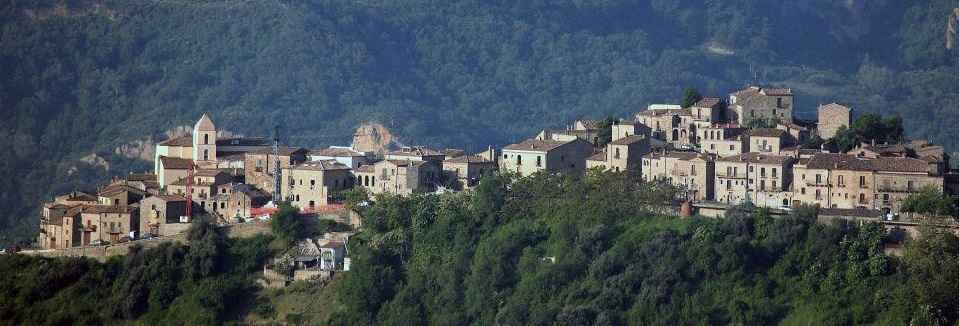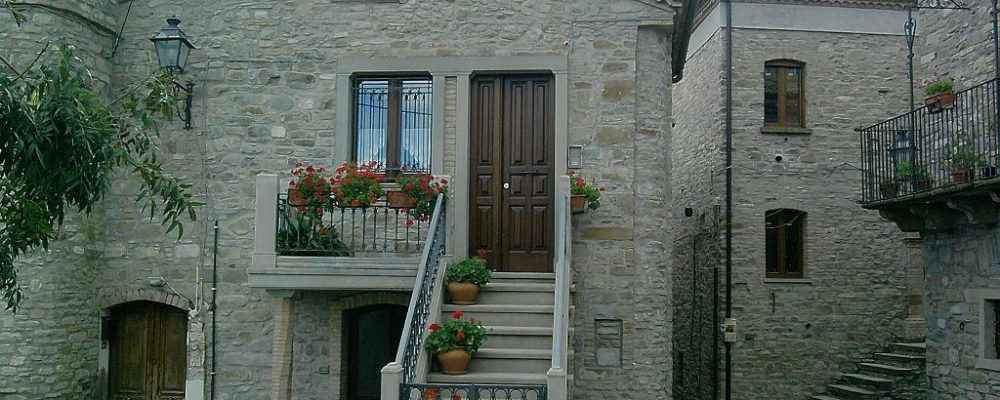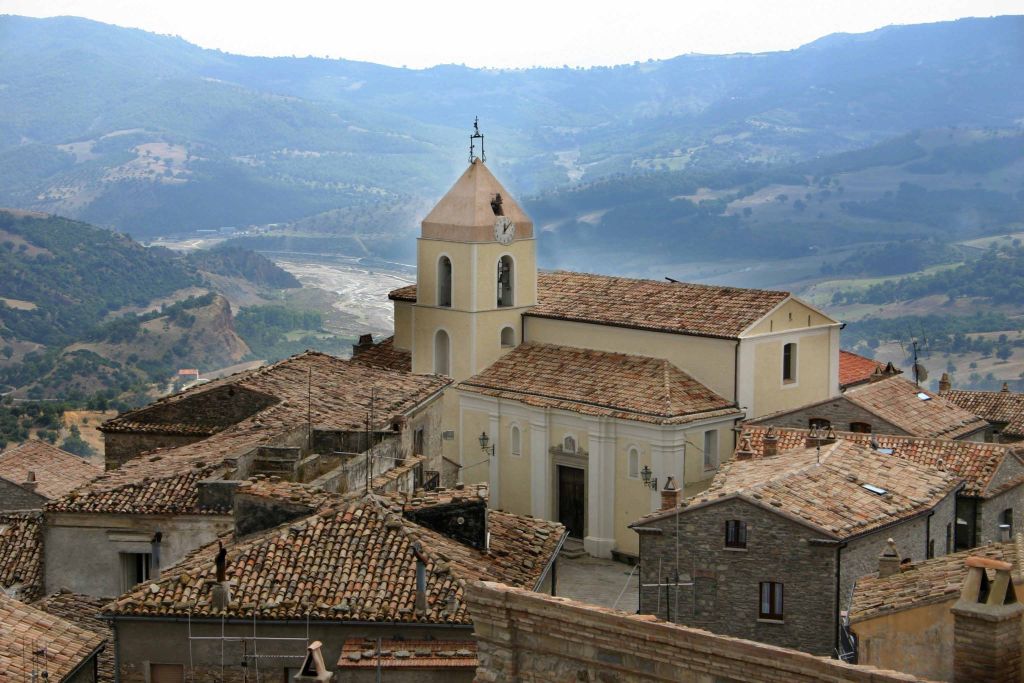



A cluster of houses on a relief, in remote Lucania made of gray stone, greenery and clay, of intense devotions and silence that stretches between the houses through the seasons. Saracen hordes and several earthquakes have passed over the amber jewels of the tombstones of the first inhabitants, but between destruction and abandonment the town has managed to maintain its identity, which is always the same under changing skies: perched houses, steps and stairs that they climb up to the castle, wrought iron balconies, arches, portals, balconies, fountains. This is real land, with its country paths and paths between cicadas, with the scents of cheeses and meats, horseradish and licorice. it is the pleasure of the table, when slowly, under the lampshade, we find ourselves together and the darkness is driven away.
As you go inside the village of Guardia Perticara, the conviction of not wanting to leave is growing more and more. To continue to admire the stone houses, the ancient buildings, the stairs that climb up to the castle and which overlooks the entire Sauro valley. The most characteristic road is that once called via dei Carbonari, today Armando Diaz, where you can see finely decorated architectures made of stones worked by master craftsmen and the red brick vaults.
The portals of via Diaz, the coat of arms of Palazzo Montano, the rose window of Casa Marra, the bas-relief of San Nicola on the portal of the mother church of San Nicolò Magno, and then the Vico II arch in Piazza Europa, and the stone shelf of Casa Sassone, former castle.

From the top of the hill on which Guardia Perticara stands you will be enchanted by the sight of a boundless and splendid landscape on the valley of the Sauro torrent, a large tributary of the Agri river, which flows calmly in a very wide pebbled riverbed. Just in the splendid Val d'Agri, green hills cultivated with vineyards, thick woods, wild gullies and winding winding roads characterize the context in which the ancient village destroyed by the Saracens is located. And winding is also the road that, between oaks and olive groves, goes down to Guardia, which falls in a territory with an immense forest heritage consisting mostly of deciduous trees with oak, beech, chestnut and mixed wood species.
A place that awakens the senses and catches the eye. Guardia Perticara is one of the "most beautiful villages in Italy" recognized in Basilicata, for its characteristic alleys, narrow and steep streets and stone houses perched on top of each other. In fact, it is called the "small town of stone houses", which give the village a charm that projects it out of all time, and perhaps for this reason the great director Francesco Rosi chose it from among the locations in which to set some scenes of his " Christ stopped at Eboli ” based on the novel of the same name by Carlo Levi.

The toponym derives from Castrum Perticari: the perch in the Lombard estates is the part of the territory assigned to the settler families.
Archaeological evidence reveals from the early Iron Age (9th-8th century BC) the presence of a built-up area in the Guardia Perticara territory, which was also documented in scattered forms as early as the Bronze Age (14th century BC). The finds of the grave goods found in the necropolis in San Vito go back up to the fifth century B.C. and they constitute one of the most important sources for the knowledge of Oenotrians, the ancient inhabitants of this region.
Remains of 10th century A.D. Basilian caves, reveal Greek Orthodox influence. Guardia houses two ascetics, Luca di Armento, founder of the coenobium of Carbone, and Vitale da Castronuovo, but is destroyed by the Saracens and remains uninhabited for a long time.
In 1237, during the reign of Frederick II of Swabia, the Perticari castrum appears among the possessions of the diocese of Tricarico while in 1306, the name Guardia Perticara appears for the first time in an Angevin document.
It can therefore be said that of Guardia Perticara it is an ancient story that begins with the Oenotrians and is inscribed in the hard face of the stone.
